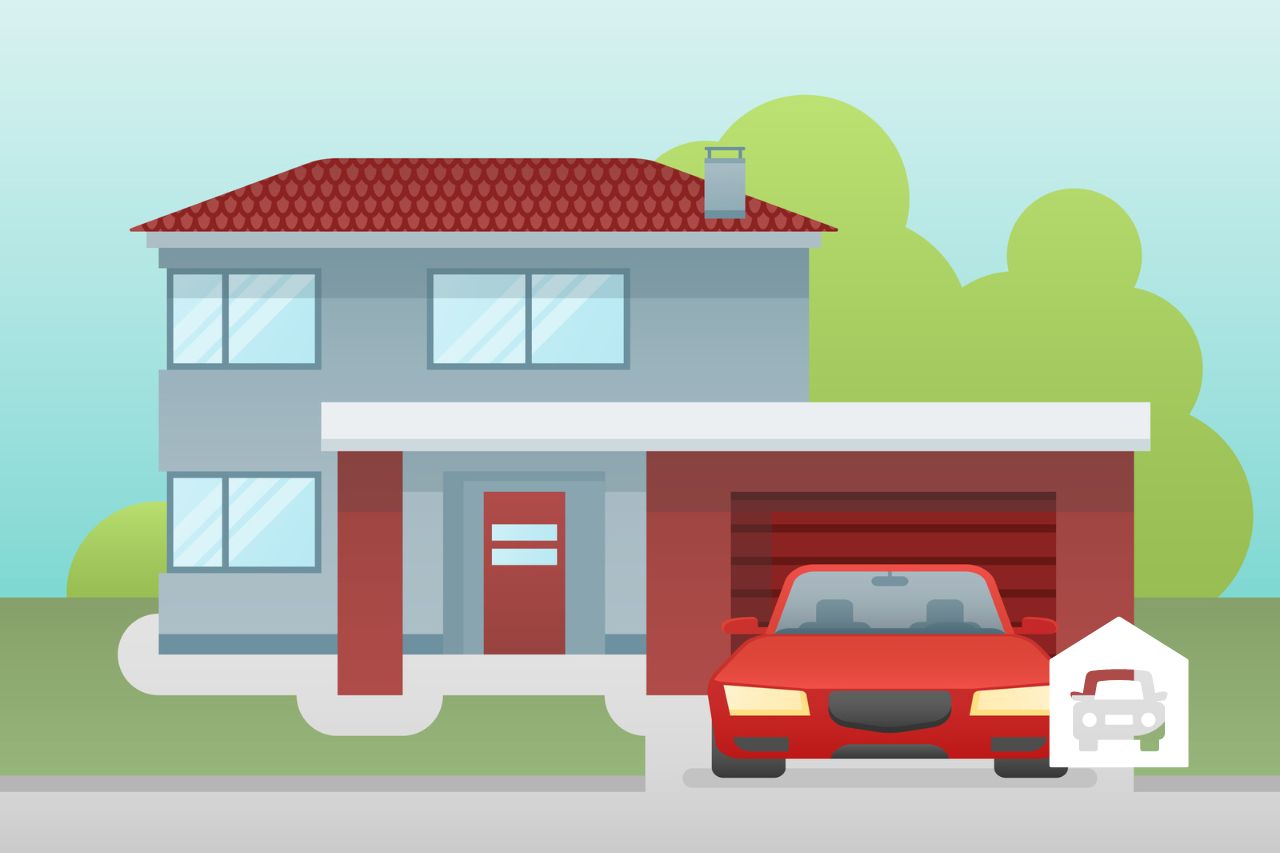When you finish your garage interior, drywall is a very good choice for the sheathing of the interior garage walls. This material is affordable, easy to install and fire resistant. Even so, there are a couple of disadvantages to using drywall in a garage or other area where it might be subject to dampness or impact damage.
It is easy to dent and ding drywall with the slightest bump, and sadly, its chalky texture absorbs water very easily. What can you do to finish the bottom of drywall in a garage to protect it against this sort of damage? In this article, we provide some smart suggestions and solutions. Read on to learn more.
What You'll Learn Today
How Does Water Damage Drywall?

Sheetrock or drywall is made of powdered gypsum covered in paper. Both of these materials soak up water easily, so even a very humid climate can wreck your drywall.
Furthermore, if water pools on your garage floor, your sheetrock will suck it up like a sponge. Water can enter your garage in a number of ways, including:
- If you have plumbing in your garage, there is always a possibility of broken pipes and leaks.
- Rising damp results when water seeps up from below a concrete garage floor.
- When temperatures vary dramatically, water can condense on the floor.
- If you wash your car in the garage, wet floors will naturally occur.
- Parked vehicles may shed moisture from rain or snow.
- Groundwater may leak in through the garage walls.
This is bad news for a number of reasons. First of all, if your drywall is full of water, it will eventually fall apart. Second, while it is falling apart, it will provide an excellent place for toxic mold to grow.
What Can You Do To Keep Your Drywall Dry?
Protecting your drywall against moisture begins with installation. You should always leave a gap at the bottom when you install sheetrock. It should be a minimum of half an inch high, but really two inches is better.
After installation, these three simple solutions can protect and finish the bottom of drywall in a garage:
- Apply a waterproof coating: Paint your drywall with a waterproof primer. You can paint the entire installation if you want, but you should at least paint the bottom couple of feet. To be safe, apply two coats.
- Support your drywall with a metal strip. You can further protect the base of your drywall and prevent it crumbling by installing an L-shaped strip of metal all along the bottom edge to support it and block moisture.
- Affix some garage floor trim or add a wainscoting panel. Once you have all this protection in place, be extra safe by installing a baseboard or wainscoting to provide an effective physical barrier against moisture, grease, oil, chemicals, etc. Another very good thing about baseboards and wainscoting is that adding this barrier to your garage wall interior helps keep insects, rodents, lizards, snakes and other unwanted visitors out of your garage.
Wainscoting Is A Wise Investment
One very good thing about wainscoting is that it will also protect the lower half of your garage walls against dents and dings caused by impact.
Of course, you could always protect the base of your garage wall against impact by placing furnishings and other objects against it, but this would not protect it against dampness. Indeed, it might make matters worse by limiting air flow, even if you have installed baseboards.
If you decide to go with garage floor trim or baseboards, you should understand that they are typically not very tall. The highest commercially made garage floor trim is about six inches high.
This sort of product is available in a wide variety of materials, including thermoplastic rubber or vinyl. These materials are also available in a wide range of colors.
As an alternative, you might want to follow the example of the gentleman in this video and create your own baseboard with inexpensive wood.
DIY Garage Base Trim
A baseboard, combined with waterproofing, is effective in preventing water damage to your drywall, but if you want to protect against impact damage, you will need wainscoting.
There is special metal wainscoting made especially for use in a garage, or you could use any household wainscoting or create your own using plywood. Standard wainscoting is two or three feet high.
Protect Your Investment
While sheetrock is not expensive, it is also not free. If you don’t take the time and effort to protect it against damp and damage, you may find yourself replacing it over and over again. This is a waste of your time and money.
Follow the tips presented here to install sheetrock correctly and protect it effectively in your garage.